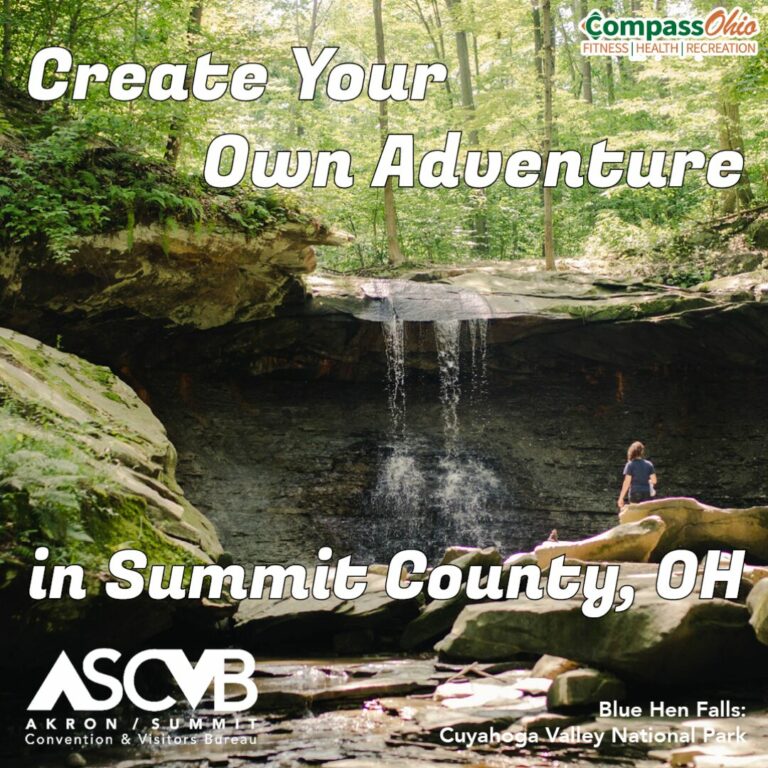
The days may be getting longer and the air is warming up but most of the water in Ohio is still cold, slushy, or just plain hard. Still, with spring coming on and my canoe stranded in the backyard, I start thinking more and more about heading south to the sunshine state and paddling in Everglades National Park.
Everglades National Park is one of those rare areas in the eastern United States where you can get far enough away from civilization that you can recharge and get a break from the stresses of society. For me, it is also one of the few places left in this part of the world that are quiet enough that my ears can readjust and acclimate to the sounds of nature, rather than the noise of the city. While most people think that the Everglades are a swamp, it would be more accurate to say they are a shallow sea filled with grass that flows into the Gulf of Mexico.

My favorite water trail to dream about in the Glades is the 100-mile Wilderness Waterway Trail. I think about this route more than most others simply because it contains elements found on all the other water trails in the area. Whether you would like to camp on the beach for a few nights, explore the history of the park or lose yourself among seemingly endless mangrove tunnels, this has it all. This trail is anchored on the north by Everglades City and on the south by the Flamingo Visitor Center and Marina in Everglades National Park. Either of these places will make an ideal starting or ending point for your trip due to the availability of camping, showers and outfitters to help get you on your way. The Gulf Coast or Flamingo Visitor Centers are also where you need to go for backcountry information and permits.
If you have ever looked at the amount of time it takes to canoe or kayak 100 miles, you know that you will need more than a long weekend. Most people do the whole route in eight days, paddling between 10 and 20 miles before camping for the night. With an average paddler’s pace of 3-5 miles an hour and few suitable rest stops, that can make for some very long days on the water. If that is the format that you choose, I would highly recommend contacting a local outfitter and asking them for trip planning help or advice. Personally, I have always thought that since camping areas are spaced roughly a moderate day’s paddle apart, my ideal trip plan would be to arrive a couple days early and be flexible on start and finish dates.

Permits are only issued a day or two in advance, so being flexible and early allows you the best chance of getting the sites that you want and be able to string a longer, more leisurely trip together. This way, depending on which direction you go, you could paddle the interior parts of the waterway, then head out to the beach sites along the Gulf. Unfortunately, after last year’s hurricane season, many of the campsites on the northeast section of the waterway are still closed.

Despite many of the campsites on the northern part of the waterway being closed, there are still enough open to complete a trip. Of course there is also the Ten Thousand Islands area just northwest of Everglades City that can also be explored, fished and camped while you wait for your permit. This area is a maze of mangroves and shell islands that is frequented by both paddlers and boaters, so be prepared with the proper nautical charts and know “the rules of the road” before you go.

If you are looking for something a little less subject to boat traffic, try driving a little inland, and paddling the Turner River back to Everglades City. You can put your kayak in and pull out at the same spot on the Turner, or you can pre-arrange a shuttle to pick you up before or after your paddle. Paddling this area was my first taste of the Everglades and I frequently think about that first short paddle over a decade later.
After that first taste of paddling the Everglades solo, I decided to check out some of the ranger-led programs that can be found throughout the park. That was a great idea. Although I felt a little out of place because everyone else showed up in canoes, I got the chance to hang out with some very friendly people on a guided tour of the nine-mile pond area and see both alligators and American crocodiles on the same pond. Sadly, since I was on a schedule that was about all I could fit into that trip.

A few years ago I was back, paddling in the Glades and enjoying the sunshine while it was still cold and blowing in Ohio. This time, I had planned on doing the full Wilderness Waterway trip, but none of my normal paddling partners were able to make it, the last one dropping out of the trip just a few weeks before departure. After a bit of crying, not on my part, and persuading, I promised that I wouldn’t go ahead and paddle the entire trail alone.
Instead, I took my bike and canoe down to Florida for a week of exploring and ended up paddling the Hell’s Bay Canoe Trail at a very leisurely pace and spending two nights camped out above the water on raised platforms called “chickees.” A chickee is basically just a roofed 10×12 deck connected to a porta-pot by a narrow walk way. They make for a great camping experience, especially if you remembered to bring your solar shower and hammock along. I would spend most of the day paddling and fishing in the brackish water, then get to the chickee, set up, take a shower, and nap in the hammock for a bit.

The second day out, I was dozing in the hammock and heard some splashing and hissing below me. I didn’t get to see him, but the rangers told me that there is an alligator that likes to beg for food in that area. He didn’t get any from me, but I suspect that a lot of previous campers were a little more “generous” and that’s why he liked to come around and beg. That sets up a bad situation for that poor gator; once he gets used to being fed, he may begin to associate humans with food, which is not good for people or the gator. The gator came back after dinner, but by that time, I was in my tent hiding from mosquitos and wishing that I didn’t have to drive back to an Ohio covered in the infamous grey slush that marks many of our winters.
Paddling the Everglades






